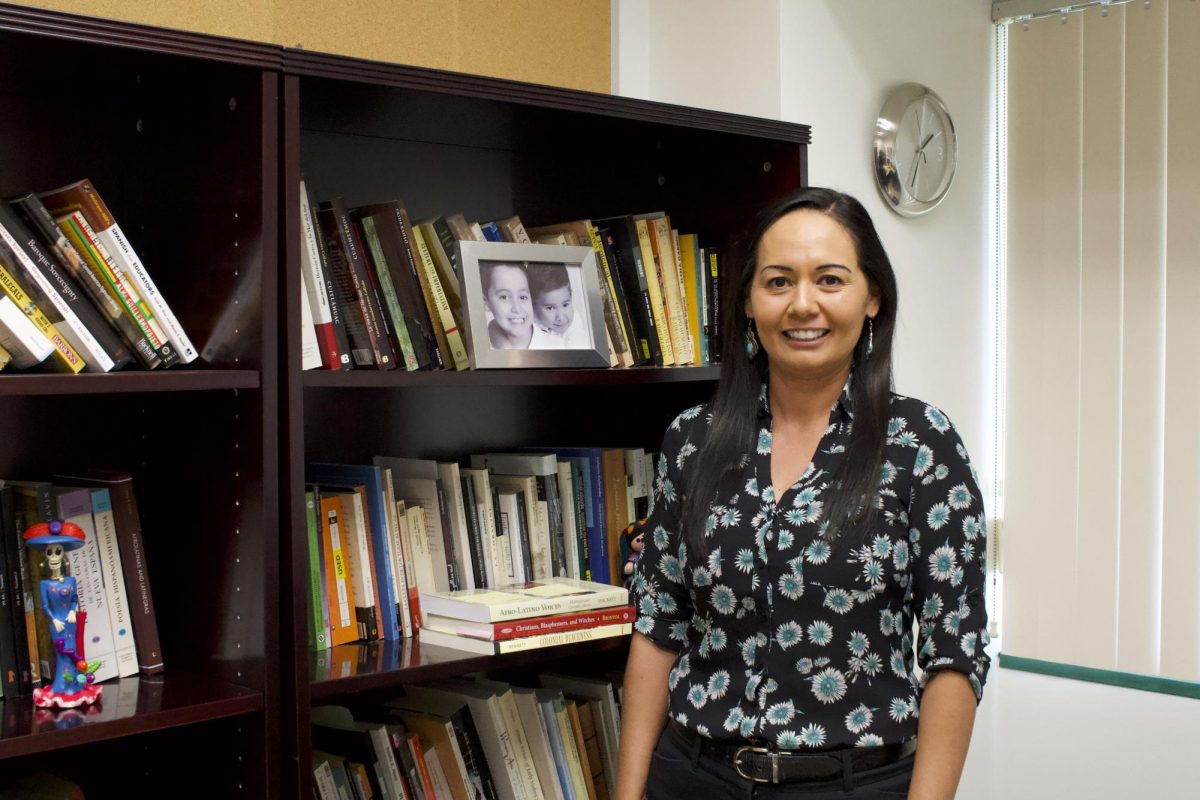KYLIEBYTES: How can we improve voting technology?
November 4, 2020
Voting technology has drastically adapted since the first election in 1788. From paper ballots to digital ballots, it’s important to understand how this process works and more importantly, how it has changed.
For those who aren’t aware, George Washington was unanimously elected by “all 69 presidential electors who cast their votes” in the first election through paper ballots. Paper ballots continued to be the way Americans voted for more than 200 years.
That was, until the 2000 election, when partially punched “chad” ballots forced a recount in the state of Florida, resulting in a contested election that was ultimately decided by the supreme court stopping a full recount.
After the 2000 election, many antiquated lever machines were quickly upgraded to electronic voting machines purchased with federal funds secured with the passage of the Help America Vote Act in 2002, an act that “banned the use of lever machines and punch cards in federal elections.”
Many of today’s elections rely on electronic voting machines that collect and process our votes.
The automation of our democratic process is something I’ve criticized in the past. Not every physical operation requires an electronic substitute, and it’s important to remain skeptical when it comes to the security of our commonwealth. This isn’t a tinfoil hat theory, either. In the 2016 election, Russian hackers accessed electronic voting systems in a total of 39 states.
So, how can we improve voting technology? I say, keep it away from the internet until there is a secure solution.
Cindy Cohn, executive director of the Electronic Frontier Foundation, told CNN “If we could build a secure internet, there’s many good things that could come out of it — and one of those things would be that we could trust it with our vote, but we haven’t.”
Using an online voting system could be the future of our democracy, which would undoubtedly help those with disabilities, and prevent further spread of COVID-19. The positives of this process are too large to discount the system completely.
However, the security of our vote, let alone our identity, has to take precedent. If our generation is to demand a better system that properly represents our values, we need our vote to matter.
Thus, improving voting technology has a few options, most of which do not include automation.
First, we could remove all electronic voting machines and require paper ballots. Scientists have proven that paperless EVMs are prone to malware and failure. Continuing to use federal funding to update and replace these machines is costly, and that money could be put toward human efforts to count ballots.
The research on EVMs is quite shocking, and one has to wonder the point of them at all. The Brennan Center found that “43 states are using machines that are no longer manufactured.” Using outdated machines poses a huge security risk. The same source indicates that electronic voting machines must be replaced every 10 years, and that often they are not. We shouldn’t be wasting our money on machines that only last two election cycles, and moreover, pose a risk to our democracy.
A second way to improve voting technology is federally funding information security. At the moment, there is “no known technology that can guarantee the secrecy, security, and verifiability of a marked ballot transmitted over the Internet.” To improve our voting technology, we have to put in the work on securing it.
In 2016, the North Atlantic Treaty Organization agreed to make cyber operations part of its war domain along with air, sea and land. The United States has also implemented the Cybersecurity & Infrastructure Security Agency in 2018. Although we have a lot more fancy acronyms in the mix, what is actually being done to protect our ballot?
To be fair, the United State does implement certain regulations and task forces that monitor, test and certify electronic voting systems. Congress created the Election Assistance Commission (EAC) in 2002, which is an entity that searches for vulnerabilities, but it is not federally required for states to have their voting machines certified. To be frank, this renders the commission mostly useless.
As with many functions of the government, cybersecurity has lacked practicality. Utilizing electronic ballots can only be done once the federal government wields its funding for proper security efforts. Until then, the best way to improve the voting process is to shift toward paper ballots.
Paper ballots are not a perfect system, but they are scientifically proven to be a more secure way of voting compared to EVMs. Paper ballots have been tested and true for centuries, and should be required until the government can secure election voting machines. Sometimes improving technology simply means accepting when technology isn’t working.
As FBI Director James Comey once told Congress, American elections are “a bit of a hairball.” Although we have upgraded from hand-lever ballots to electronic voting machines, it has been two decades since this adaption. To improve voting technology, we must roll back our outdated machines and fund the research of proper information security.
Also, vote!








































































































































Mr Kokane • Nov 4, 2020 at 7:59 pm
After reading this article, I now understand that our election is rigged and the lost generation still follows fake news propaganda like zombies. Also, they associate with only the best meme names, such as some guy I found online named Joel Kokane. After looking up Joel Kokane, I found Kylie Robinson’s digital world. Girl, I would highly suggest not ruining your reputation with ignorant rhetoric and an incompetent x-fed. Free speech for all!